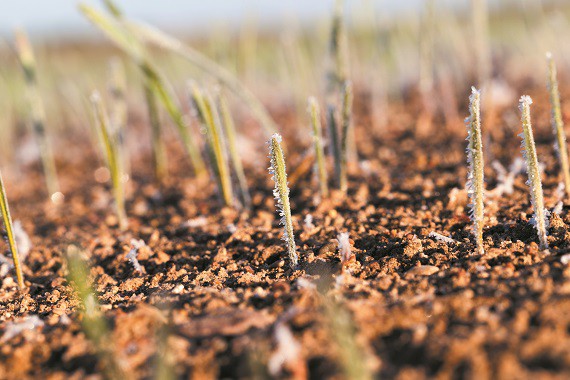_______________________________________
GIN IS JUST FLAVOURED VODKA'. This phrase is tossed around by people in the industry and yes, it’s largely true in terms of the process. However, not only does it irritate gin producers around the world, but vodka nuts alike. Vodka is the final large category within the spirits industry to be hit by the craft movement, which means it is being recognised more for its own characteristics, instead of as a spirit that’s drunk neat by the Russians, mixed and flavoured by everyone else. This one-liner insinuates that vodka is a flavourless, neutral spirit awaiting added flavours – but how is craft evolving it and can some vodkas be as complex as scotch whisky or a vintage Bordeaux through terroir?
The first subject to cover is the buzzword du jour – craft. Tito’s vodka in the US is a prime example of a successful craft vodka. Its branding has carried the label ‘handmade’ since the turn of the century and has now made it behind many bars in New York and the state of Texas, where it was founded. It appears, therefore that vodka is moving away from big, brightly coloured bottles in nightclubs to a more authentic approach.
However, upscaling is not good for craft. Brands which label themselves as ‘craft’ are often criticised when they expand for becoming more industrial and losing the characteristics which gained their reputation in the first place.
John McDonnell, managing director international of Tito’s, says: “We batch distill in old-fashioned pot stills. This method is less efficient than modern column stills, but allows us more control over the character and clean taste of the final product. We taste every batch to ensure our fans get only the best. Every drop is distilled and bottled in Austin, Texas.”
Of course, some of the big players, such as Smirnoff, are very happy for vodka to retain its industrial approach and stereotype as a neutral and unassuming spirit. According to Drinks International’s Millionaires’ Club, it remains the largest vodka producer in the world with 25.5m 9-litre cases being sold in 2016, largely due to its mixing capabilities. And, although a representative of the brand will never say it, its mixer appeal is no accident.
TOO PUNGENT
One trend which seems to be on its way out is flavoured vodkas. During a press trip to America, a local liquor store in Detroit was full of sweetly flavoured vodkas, including cake, cookie dough and even gingerbread.
McDonnell says: “There is a downward trend in flavoured vodkas in the US. Consumers understand that if they want vodka to be flavoured, they can use fresh juices or make their own infusions.”
But not every vodka brand sees the term ‘craft’ in the same light. Grey Goose UK brand ambassador Myles Donneky tells DI that, in his opinion, the term refers to the level of care and consistency that goes into a product, not its low volumes.




